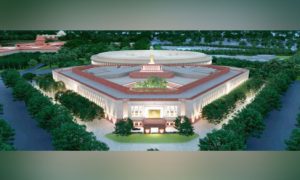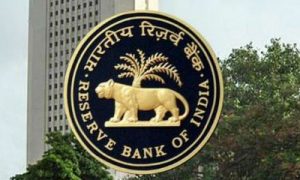In pursuance of Prime Minister Narendra Modi’s vision of “Gati Shakti” and the Ministry of Railways’ policy regarding ‘Gati Shakti Multi-Modal Cargo Terminal’ (GCT) (launched on 15th December 2021), Gati Shakti Cargo Terminals are being developed for handling cargos of railways. Till now, 15 GCTs have been commissioned and about 96 more locations have been provisionally identified for the development of GCTs. Within the next three financial years, it has been targeted to commission 100 Gati Shakti Cargo Terminals. The location of GCTs is being decided based on demand from the industry and the potential of Cargo Traffic.
Also Read : Home Network Security: 4 Steps You Must Follow To Safeguard Your Home Network
Here is a list of the 15 Gati Shakti Cargo Terminals commissioned till now:
1 Jai Balaji Industries (Serving station: Barajamda – Barbil)
2 OMPL (Orissa Metalliks) (Serving station: Gokulpur)
3 Paradip East Quay Coal Terminal Pvt Ltd
4 Maithon Power Ltd Siding
5 IOCL
6 Hindustan Urvark Rasayan Ltd
7 CONCOR
8 IOCL (IOMB)
9 Nayara Energy Ltd
10 SCCL
11 HPCL
12 Ankur Udyog Ltd
13 Adani Agri
14 FCI Siding
15 Punjab State Power Corp. Ltd
Who is developing Gati Shakti Cargo Terminals?
The GCTs are being developed by private players. They can be developed on non-Railway land or fully/partially on Railway land. However, there are two conditions for developing GCTs on non-Railway land:
a) The operators will identify the location.
b) The operators will construct the terminal after obtaining the necessary approval.
For GCTs to be developed either fully or partially on Railway land, the land parcels will be identified by Railway and the operator for the construction and operation of the terminal will be selected through an open tendering process.
Only through the online portal, all new proposals for GCTs shall be received. Till 10.10.2022, in-principle permissions for 67 new proposals have been issued.
About PM Gati Shakti
On 15 August 2021, PM Narendra Modi launched PM Gati Shakti-National Master Plan for Multimodal Connectivity. Essentially, it is a digital platform to bring 16 Ministries including Railways and Roadways together for integrated planning and coordinated implementation of infrastructure connectivity projects. The multi-modal connectivity will provide integrated and seamless connectivity for the movement of not only people but also goods, and services from one mode of transport to another.
It will promote the last-mile connectivity of infrastructure and also reduce travel time for people of the country. Reportedly, the megaproject is worth 1.2 trillion US dollars.





































